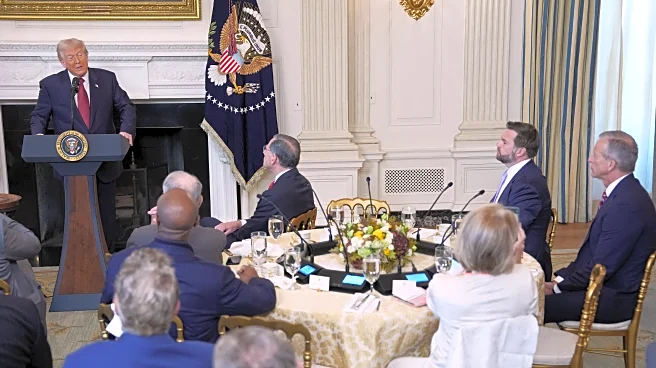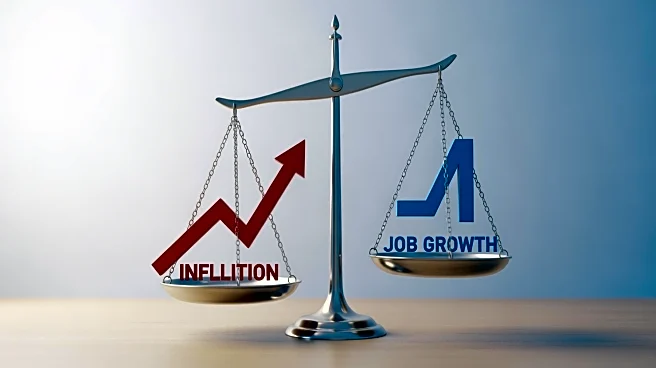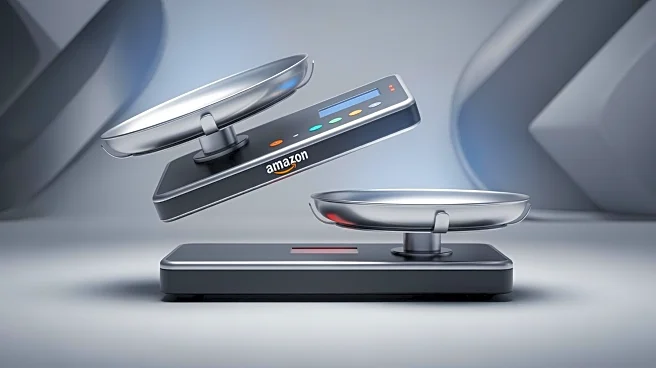What's Happening?
President Trump has highlighted Walmart's announcement of a 25% cheaper Thanksgiving meal basket as evidence of improved affordability under his administration. However, the basket contains fewer items
compared to last year's version, with six fewer products and a higher proportion of store-brand items. Despite Trump's claims, overall grocery prices have risen during his second term, with a 2.7% increase over the past year according to the Consumer Price Index. The price reduction in Walmart's basket is not indicative of broader inflation trends, as the basket's composition changes annually.
Why It's Important?
The discussion around grocery prices is significant as it impacts consumer perception of economic health and affordability. President Trump's emphasis on the reduced cost of Walmart's Thanksgiving meal basket aims to bolster his administration's economic narrative amidst recent Republican electoral defeats. However, the broader increase in grocery prices challenges this narrative, potentially influencing voter sentiment and economic policy debates. The discrepancy between promotional pricing and actual inflation rates may affect public trust in political claims regarding economic management.
What's Next?
As the holiday season approaches, consumer spending patterns may shift in response to rising grocery prices. Political leaders and economic analysts will likely continue to scrutinize inflation data and its impact on household budgets. The ongoing debate over affordability could influence future policy decisions and electoral strategies, particularly as Democrats have capitalized on economic concerns in recent elections. Stakeholders may also monitor corporate pricing strategies and their alignment with consumer expectations.
Beyond the Headlines
The ethical implications of using promotional pricing as a political tool raise questions about transparency and accountability in economic discourse. The reliance on selective data points to support political narratives may contribute to misinformation and public skepticism. Long-term shifts in consumer behavior and brand loyalty could emerge as individuals navigate the complexities of price changes and product offerings.












